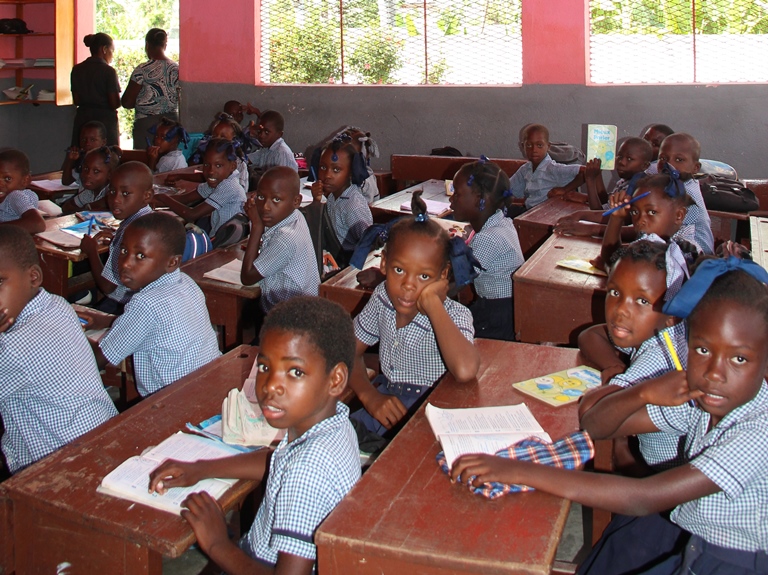|
Haiti: Church is keeper of 'soul and hope of the nation'
Friday, March 24, 2017
"These young men represent hope. Their enthusiasm and their love for the Church are a light in the darkness."
Marco
Mencaglia heads the Haiti desk for international Catholic charity Aid to the
Church in Need (ACN). He recently returned from a fact-finding mission to the
impoverished country, where the Church provides both vital spiritual and
humanitarian support to a suffering population. Outside of Africa, Haiti is the
poorest nation in the world. In October 2016, Hurricane Mathew caused enormous
damage, including the destruction of more than 200 rural chapels. ACN has
committed to help with their repair.
By Maria
Lozano
Please summarize the situation in Haiti
Haiti is a country of extreme poverty. Most people
live hand-to-mouth along the main roads, where they engage in black market
trade, while having to cope with atrocious hygienic and humanitarian conditions
inconceivable to Europeans. What’s more, the Haitian state is very weak.
Governance is quite limited, especially in rural areas. In many places, and
especially in the remote mountain villages, the Catholic Church is the only
institution that consistently reaches out to help the inhabitants, despite all
of the difficulties.

What has been the focus of ACN’s support for the Haitian Church?
Our support for the training of seminarians is essential. Currently, 315
candidates for the priesthood are living in the provisional housing on the
grounds of the former national seminary of Port-au-Prince, which was destroyed
by the earthquake in 2010. Our help has become decisive for one of the few
riches, for one of the few hopes of the country: vocations to the priesthood.
We have also provided solar energy for remote parishes. Oftentimes, the
local church or rectory are the only buildings in a six to 15 mile radius with
a stable supply of energy. Hundreds of people come to rural rectories in the
mornings to charge their mobile phones. In the evenings, the entire village
gathers around the rectory so as not to be plunged into total darkness. Light
plays a decisive role in making it possible for these communities to have hope.
How does the clergy cope with the enormous challenges?
Their lives are, without a doubt, very difficult and they have a great
deal of responsibility. I was impressed by the dedication of many young
priests, 25 to 30-years-old, on their first parish assignments. The conditions
they live in can often be called dramatic and are beyond their abilities and
strength. But they try not to lose their enthusiasm. Haiti has many troubles;
misery can be seen everywhere. These young men represent hope. Their enthusiasm
and their love for the Church are a light in the darkness.
The establishment of a new parish is a moment of great hope, not only for
Catholics, but for the entire population. A real, but positive, competition has
developed among chapels to be elevated to parish status—the arrival of a priest
also means access to basic provisions in places forgotten by the government; a
school that is run in the church building during the week; a vehicle for
emergencies and to transport the sick to the hospital; a connection to the world
outside. For thousands of communities in Haiti, the priest and the Church
represent the soul and hope of the nation.
Haitian school children; ACN photo
|